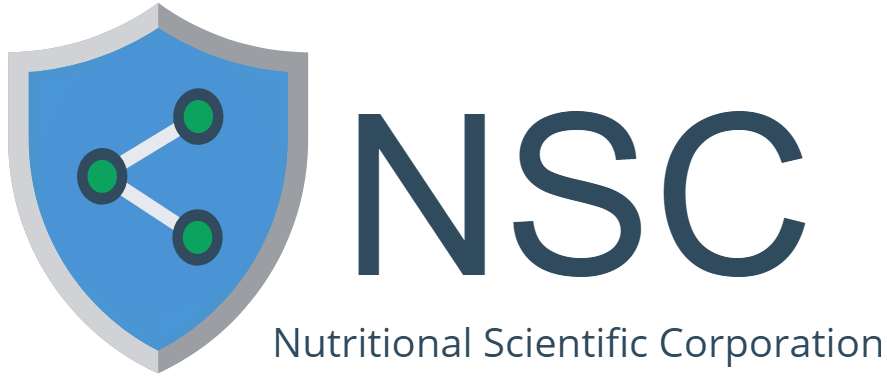Cholesterol
Cholesterol
Related Products
-
blood pressure, Cardio / Circulatory, Cholesterol, Immune System
NSC Cholesterol Management Pkg
Original price was: $79.90.$49.95Current price is: $49.95. -
Allergy Defense, Energy, Immune System, Respiratory
Immunition NSC Allergy Formula w/MG Beta Glucan!
Original price was: $39.95.$33.96Current price is: $33.96.
Club 24 price: $30.36 -
Digestion
Immunition NSC SuperZymes (Digestive Enzymes)
Original price was: $39.95.$33.96Current price is: $33.96.
Club 24 price: $30.36 -
Allergy Defense, Cardio / Circulatory, Cholesterol, Diabetes, Energy, Immune System, men's health, Respiratory, Women's health
Immunition NSC 100 Extra Strength MG Beta Glucan – 60 Ct
Original price was: $94.95.$80.71Current price is: $80.71.
Club 24 price: $72.16


 Lipoproteins are a combination of Cholesterol with proteins and carbohydrates in the blood stream where Cholesterol is delivered to the tissues. Exercise increases the size of the protein particles that carry cholesterol through the blood. This is important because this reduces the amount of small, dense LDL particles that can relocate in the linings of the heart and blood vessels to potentially create blockages.
Lipoproteins are a combination of Cholesterol with proteins and carbohydrates in the blood stream where Cholesterol is delivered to the tissues. Exercise increases the size of the protein particles that carry cholesterol through the blood. This is important because this reduces the amount of small, dense LDL particles that can relocate in the linings of the heart and blood vessels to potentially create blockages.